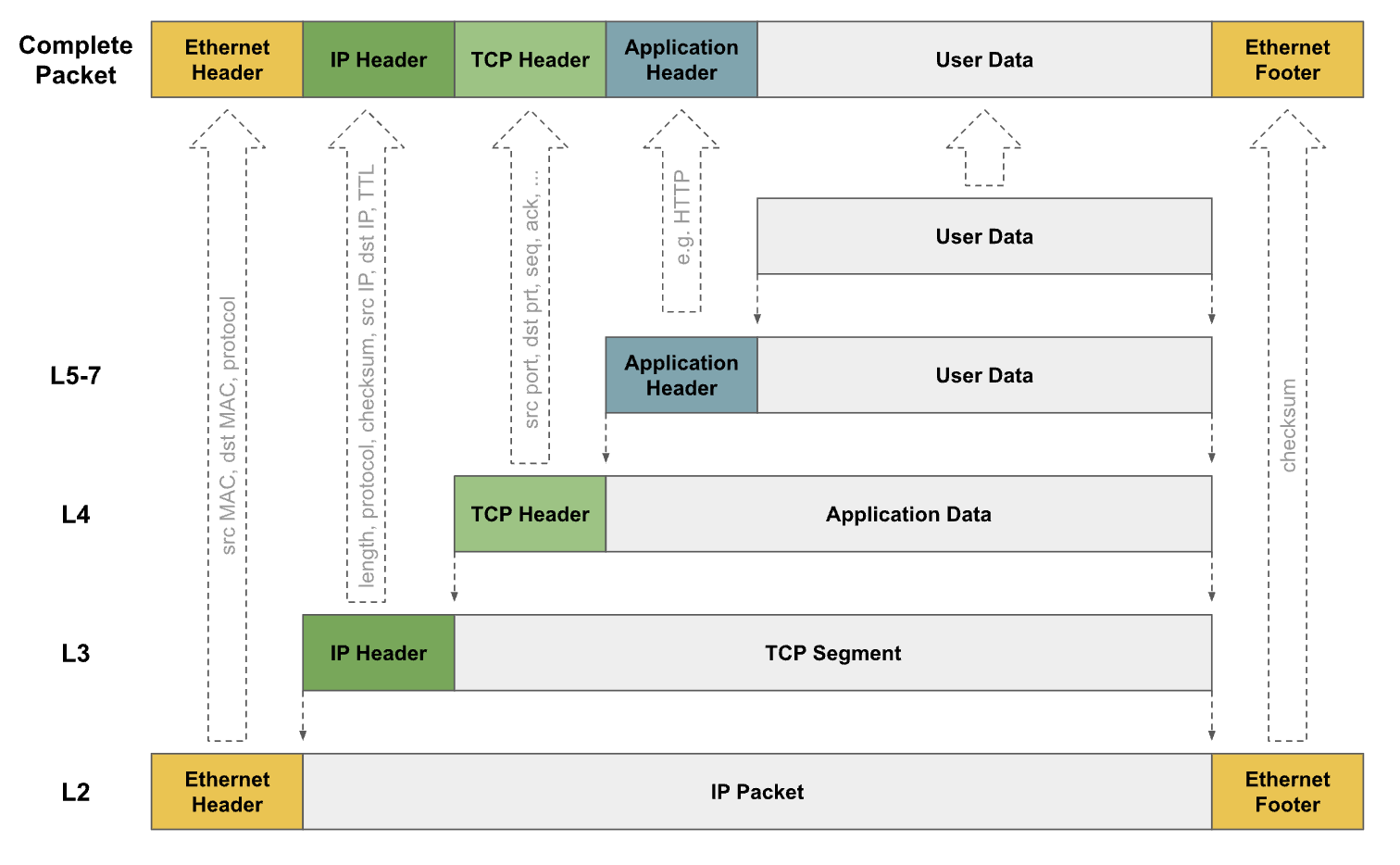How To Deploy a Local AI via Docker
If you’re tired of worrying about your AI queries or the data you share within them being used to either train large language models (LLMs) or to create a profile of you, there are always local AI options you can use. I’ve actually reached the point where the only AI I use is local. For me, it’s not just about the privacy and security, but also the toll AI takes on the energy grids and the environment. If I can do my part to prevent an all-out collapse, you bet I’m going to do it. Most often, I deploy local AI directly on my machine. There are, however, some instances where I want to quickly deploy a local AI to a remote server (either within my LAN or a server beyond it). When that need arises, I have two choices: Install a local AI service in the same way I install it on my desktop. Containerize it. The benefit of containerizing it is that the locally installed AI is sandboxed from the rest of the system, giving me even more privacy. Also, if I want to stop the locally installed AI, I can do so with a quick and easy Continue reading


